When it comes to the culinary world, the right tools can make all the difference. Among those tools, knives hold a crucial role not just as cutting instruments, but as your companions in the kitchen. From delicate slicing to robust chopping, selecting the perfect knife for each technique can elevate your cooking experience and results. In this guide, we'll explore various knives and their specific uses, ensuring you're well-equipped to tackle any recipe with confidence and precision.
The Importance of Choosing the Right Knife
Selecting the right knife isn't merely about having a collection that looks impressive. Each knife is designed with specific shapes, weights, and materials that make them suited for particular tasks. A Damascus hunting knife, for instance, offers both aesthetic appeal and functional excellence, making it a versatile choice not just for outdoor activities but also for fine culinary techniques in the kitchen.
Understanding the Types of Knives
Before delving into specific culinary techniques, it’s essential to familiarize yourself with the primary types of knives that every chef should consider:
- Chef's Knife: The workhorse of the kitchen, ideal for chopping, slicing, and dicing.
- Paring Knife: A small and versatile knife, perfect for intricate tasks such as peeling and coring.
- Serrated Knife: Best for cutting through bread or any food with a tough exterior and soft interior.
- Boning Knife: A flexible blade, great for removing bones from meat and fish.
- Fillet Knife: A specialized knife for filleting fish, allowing for precise cuts.
- Utility Knife: A general-purpose knife suitable for various cutting tasks.
Knife Selection Based on Culinary Techniques
Now, let’s explore how to choose the right knife based on various culinary techniques you'll encounter in the kitchen:
Chopping and Dicing
When it comes to chopping and dicing, a chef's knife is your best friend. Its broad blade allows for efficient slicing, while its sharp edge ensures clean cuts. The weight of the knife also aids in the chopping motion, providing leverage as you work through harder ingredients such as carrots and potatoes.
Precision Cutting
For tasks that require precision, such as peeling or creating intricate garnishes, a paring knife cannot be overlooked. Its small size and sharp point enable delicate movements, making it ideal for working with small fruits and vegetables.
Slicing Bread
A serrated knife is indispensable for anyone who loves to bake. This knife’s saw-like edge easily glides through crusty loaves of bread without squashing the soft inside, delivering perfectly sliced pieces every time. If you're into making fresh loaves, it’s a must-have in your collection.
Butchering Meat
Utilizing a boning knife is essential when it comes to butchering. This knife features a flexible blade that can navigate around bones with ease. Whether you're prepping a chicken or filleting a fish, the boning knife will allow for meticulous cutting without losing any meat. Consider investing in a Damascus hunting knife as an excellent alternative; its sharpness and durability can handle various tasks, including meat preparation.
Filleting Fish
When filleting fish, the right knife can make the entire process much smoother. A fillet knife typically has a thin, flexible blade that lets you navigate the fish’s bones effortlessly. The key is to use gentle, smooth motions to separate the flesh from the bones, ensuring minimal waste.
Maintenance of Your Knives
Once you invest in quality knives, maintenance is critical to ensure longevity and top performance. Keep the following tips in mind:
- Regular Honing: Use a honing steel to keep your blades sharp and aligned. Frequent honing prolongs the time between sharpenings.
- Proper Cleaning: Always hand wash your knives instead of placing them in the dishwasher to avoid dulling and potential damage.
- Safe Storage: Store your knives properly, whether in a knife block, on a magnetic strip, or in a knife case. This prevents dulling and protects the edges.
- Professional Sharpening: Every so often, bring your knives to a professional for sharpening, particularly those that see heavy use like a chef's knife or utility knife.
Exploring Specialty Knives
For those who are passionate about culinary arts, considering specialty knives can enhance your cooking experience. Here are a few types worth exploring:
Japanese Knives
Japanese knives are renowned for their superior craftsmanship and exceptional sharpness. They often feature a harder steel, which allows for a thinner edge that can result in precise cuts. Whether it’s a traditional Santoku or a Yanagiba for sushi preparation, these knives provide an elevated level of performance.
Damascus Steel Knives
Beyond aesthetics, Damascus steel knives are known for their durability and distinctive patterns forged from multiple layers of metal. A Damascus hunting knife can serve well in both outdoor settings and culinary situations, providing a blend of beauty and functionality.
Final Thoughts: Elevate Your Culinary Skills with the Right Knives
Choosing the right knives for specific culinary techniques can significantly transform your cooking approach. Having the right tool for the job not only improves your efficiency but enhances the final presentation and taste of your dishes. Whether you're using versatile chef’s knives or specialty tools, understanding their proper application will allow you to create stunning culinary masterpieces. So go ahead—equip your kitchen with the right knives, and let your culinary creativity flourish!








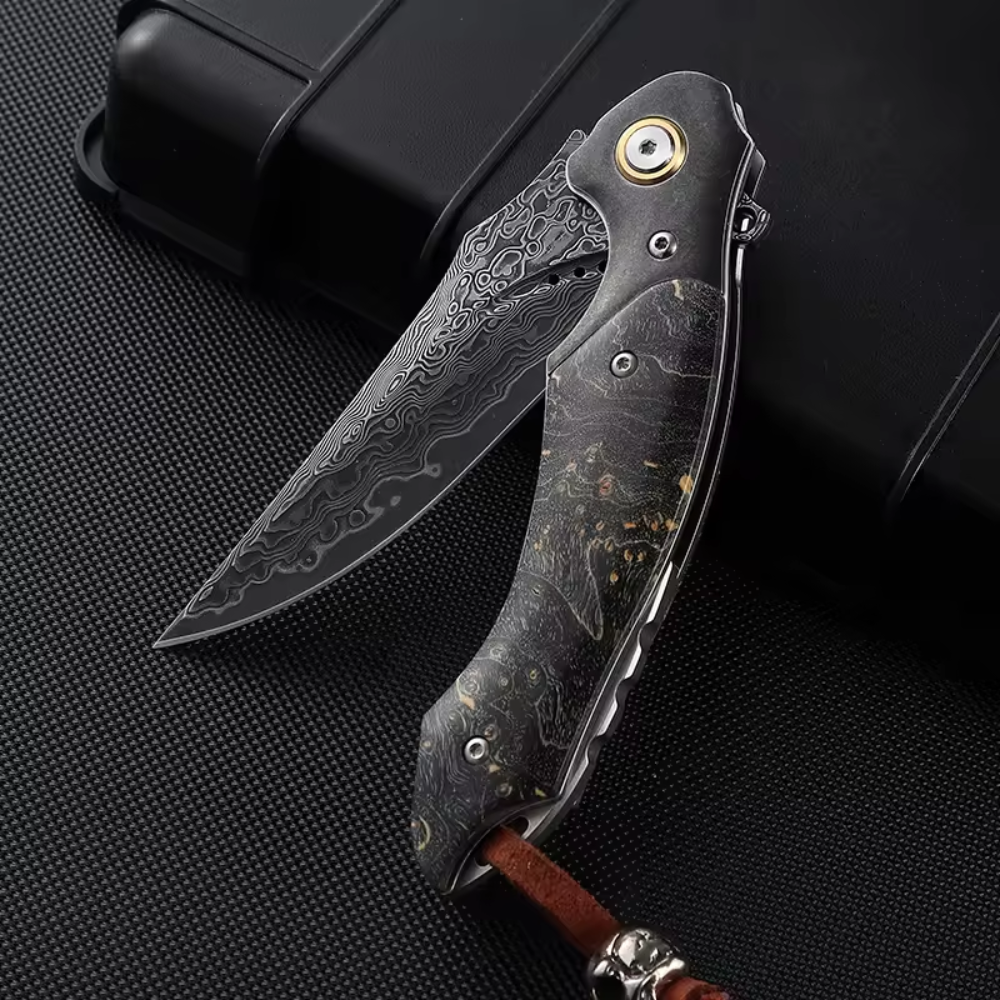


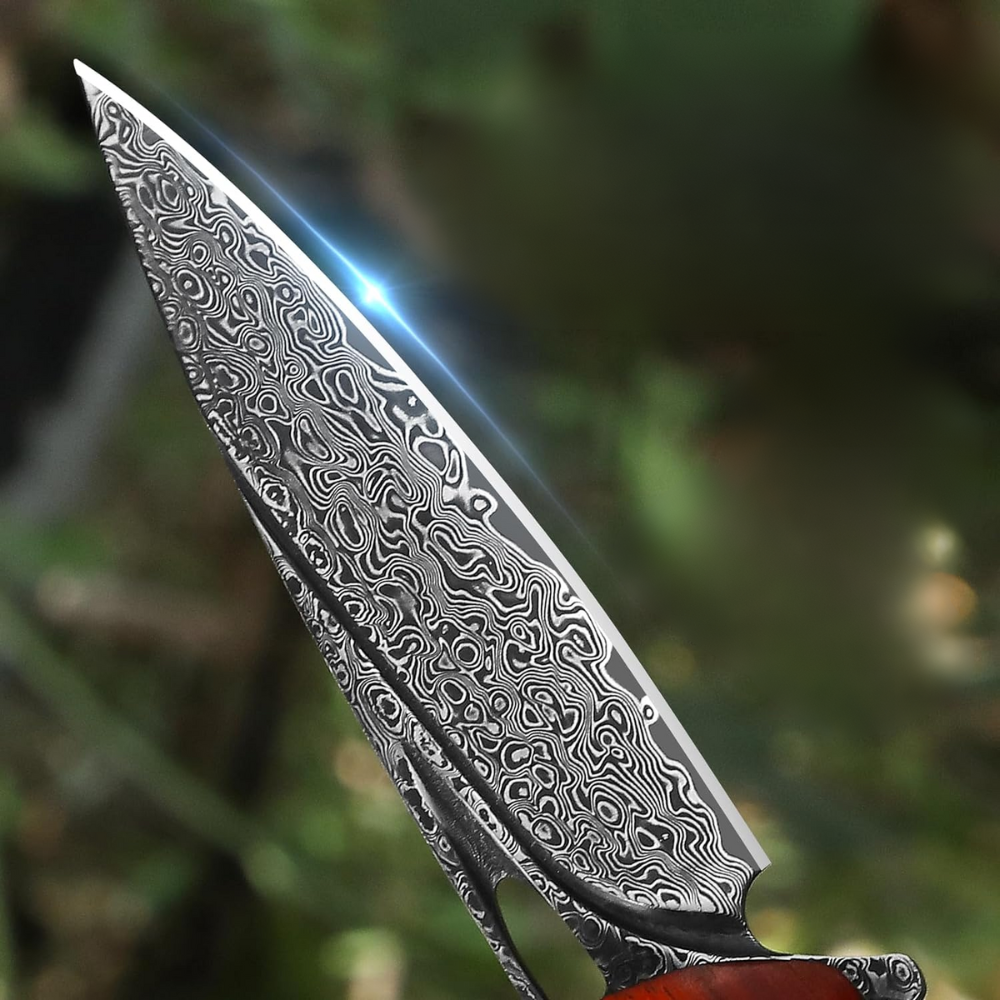








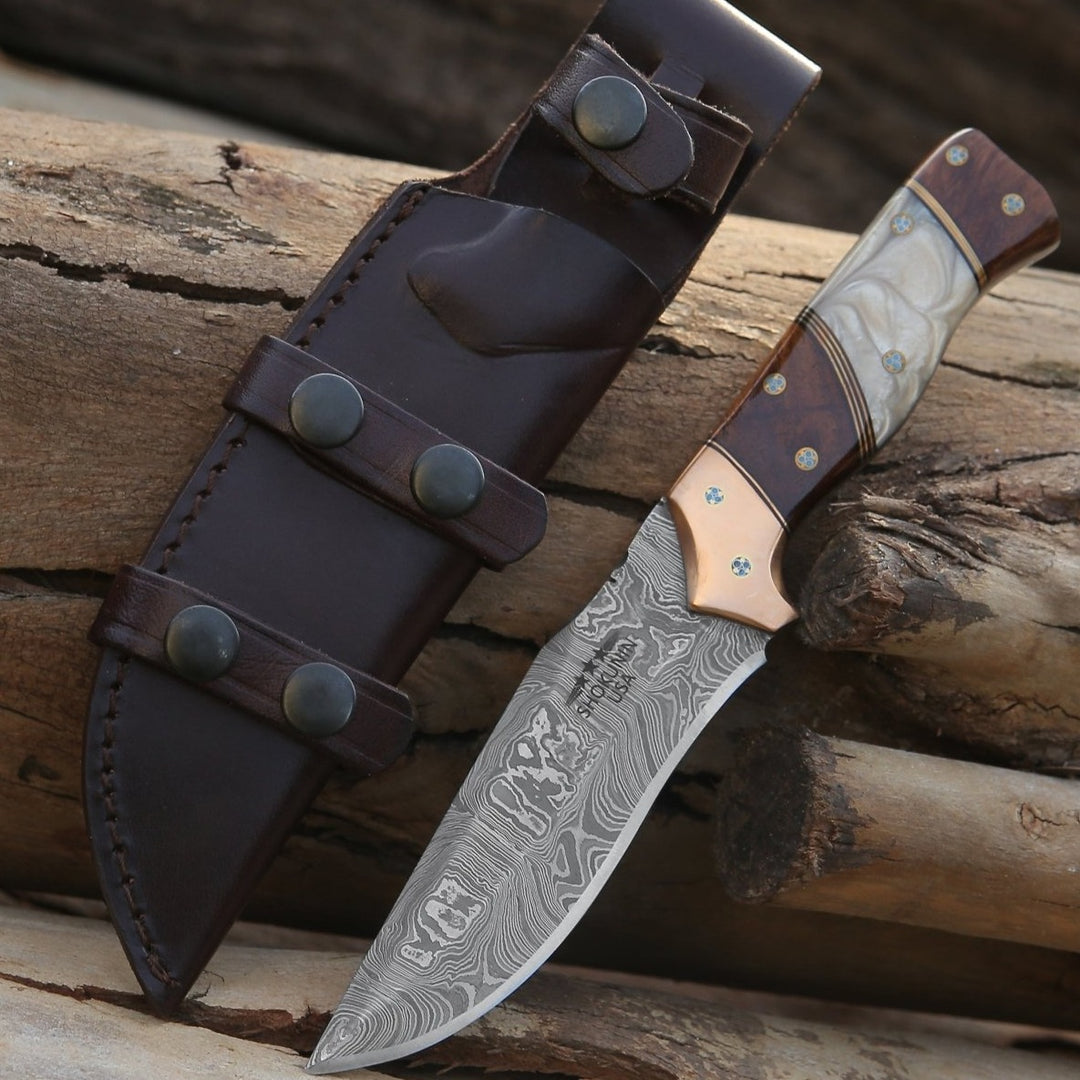
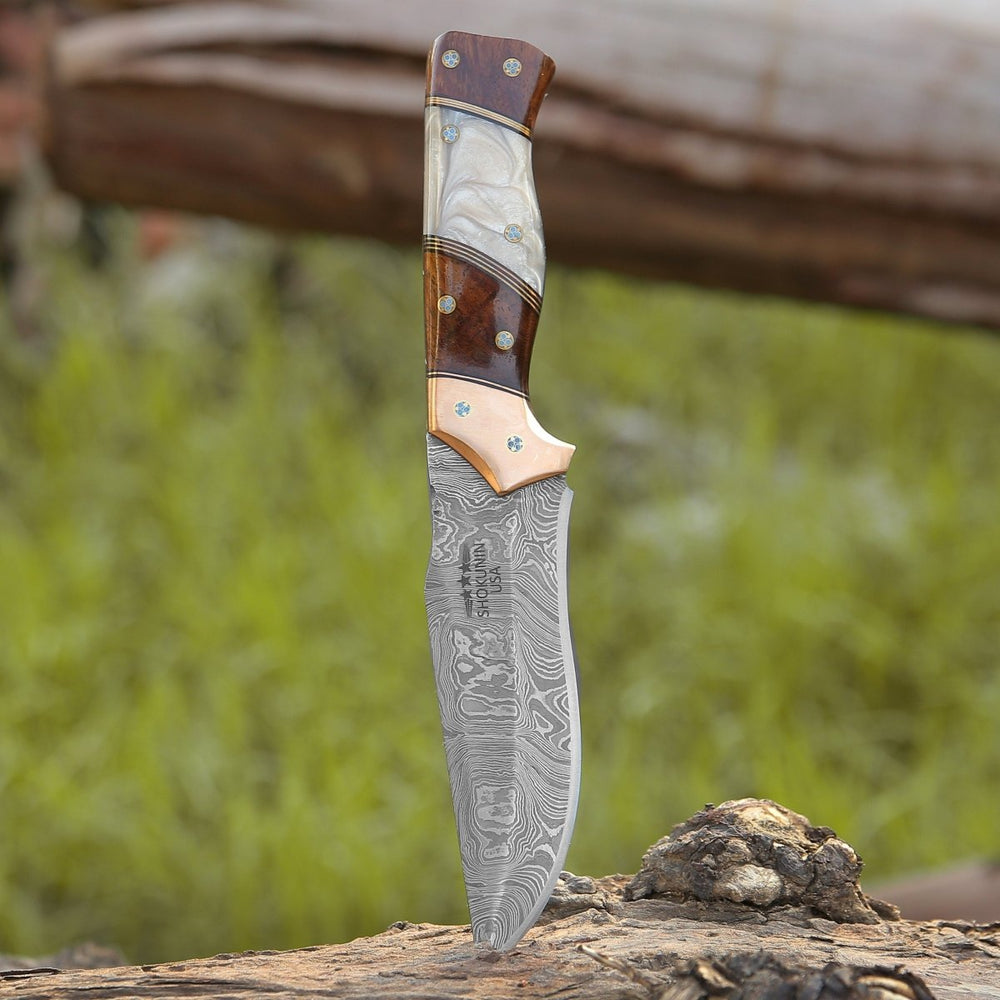


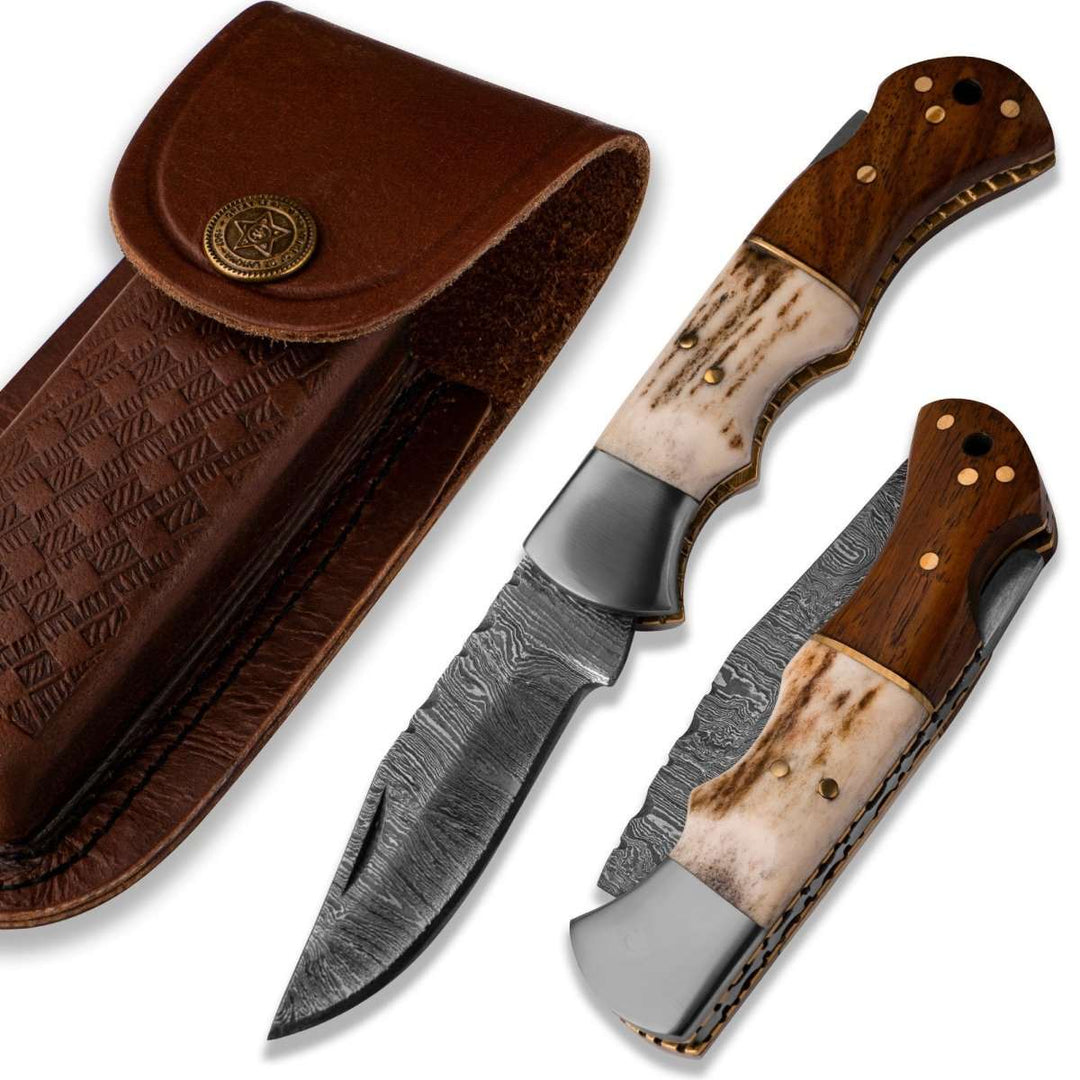





Hinterlassen Sie einen Kommentar